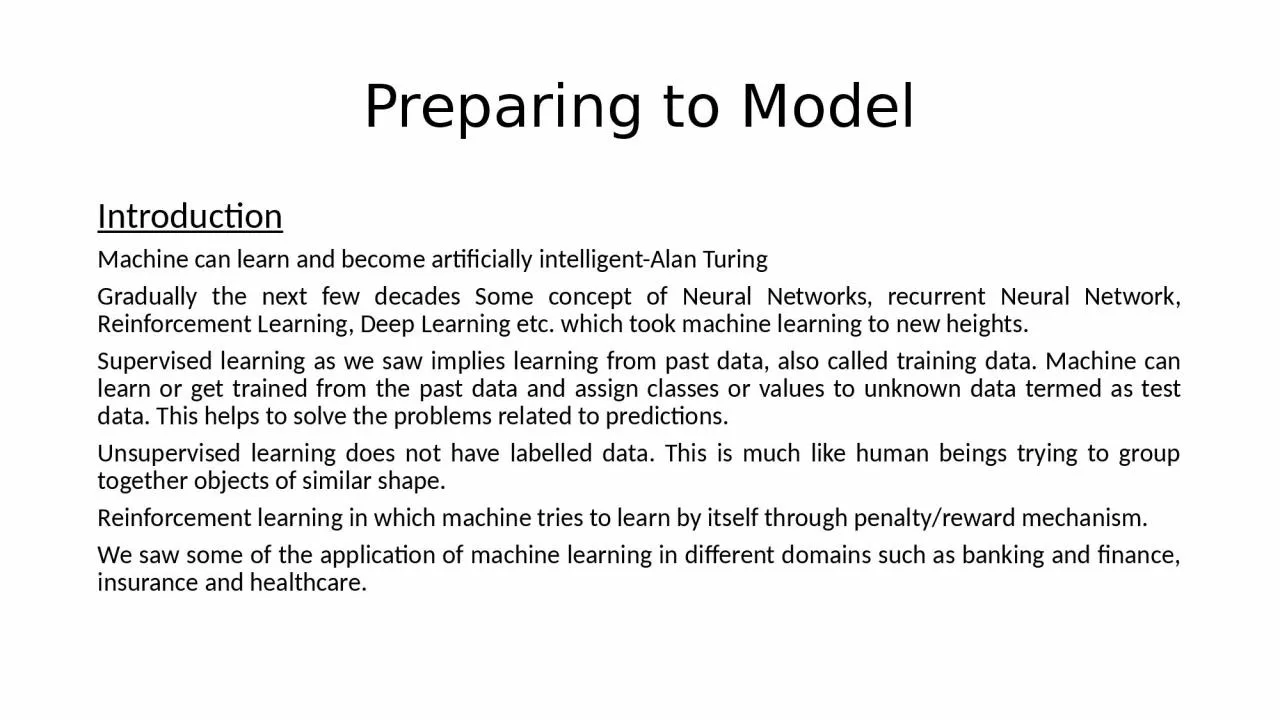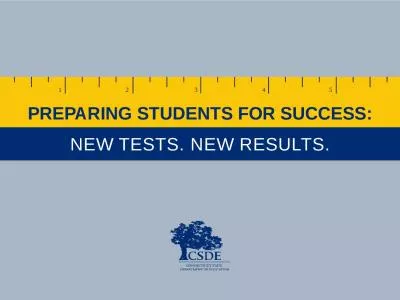PPT-Preparing to Model Introduction
Author : rosemary | Published Date : 2023-09-06
Machine can learn and become artificially intelligentAlan Turing Gradually the next few decades Some concept of Neural Networks recurrent Neural Network Reinforcement
Presentation Embed Code
Download Presentation
Download Presentation The PPT/PDF document "Preparing to Model Introduction" is the property of its rightful owner. Permission is granted to download and print the materials on this website for personal, non-commercial use only, and to display it on your personal computer provided you do not modify the materials and that you retain all copyright notices contained in the materials. By downloading content from our website, you accept the terms of this agreement.
Preparing to Model Introduction: Transcript
Download Rules Of Document
"Preparing to Model Introduction"The content belongs to its owner. You may download and print it for personal use, without modification, and keep all copyright notices. By downloading, you agree to these terms.
Related Documents














